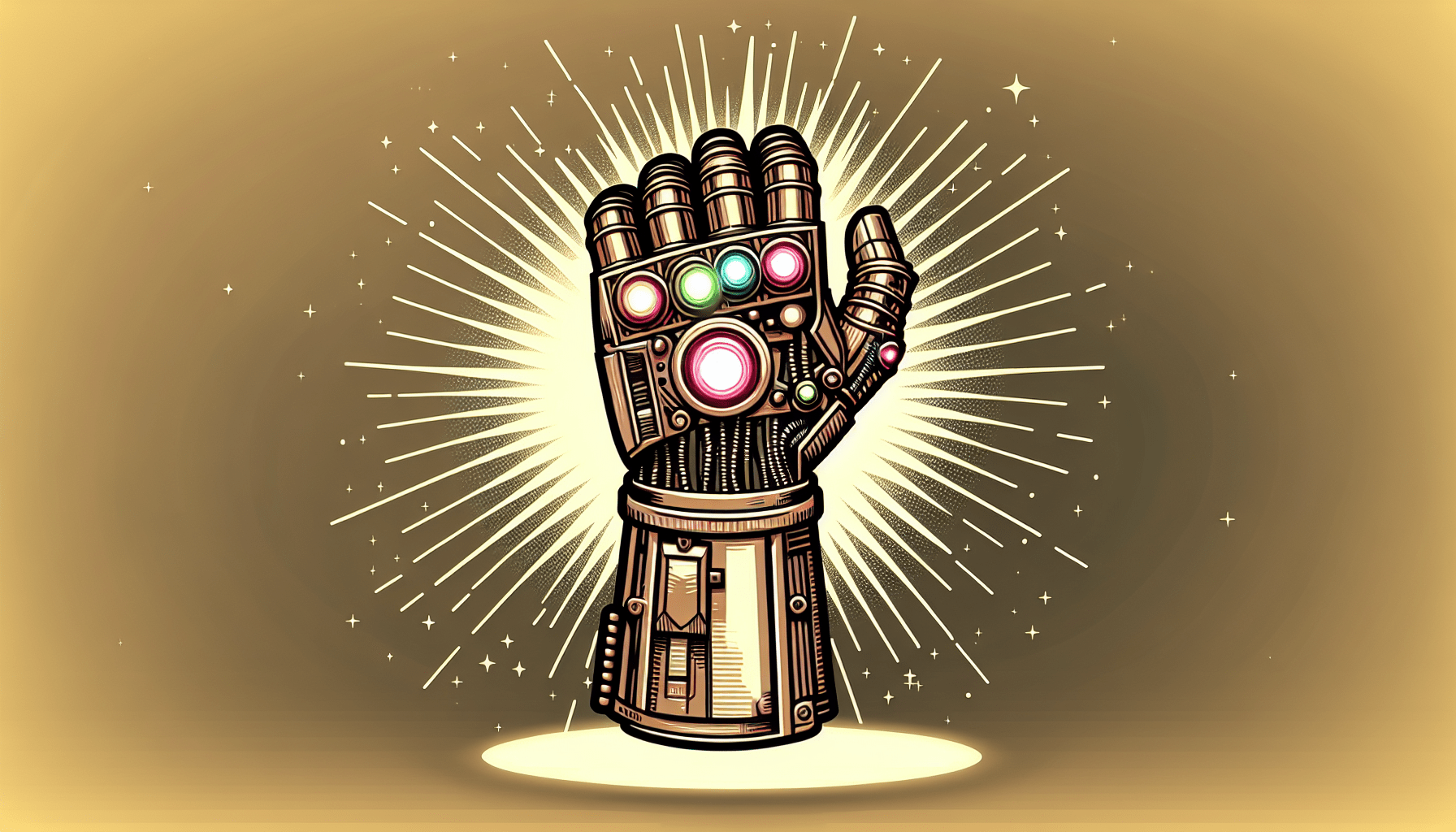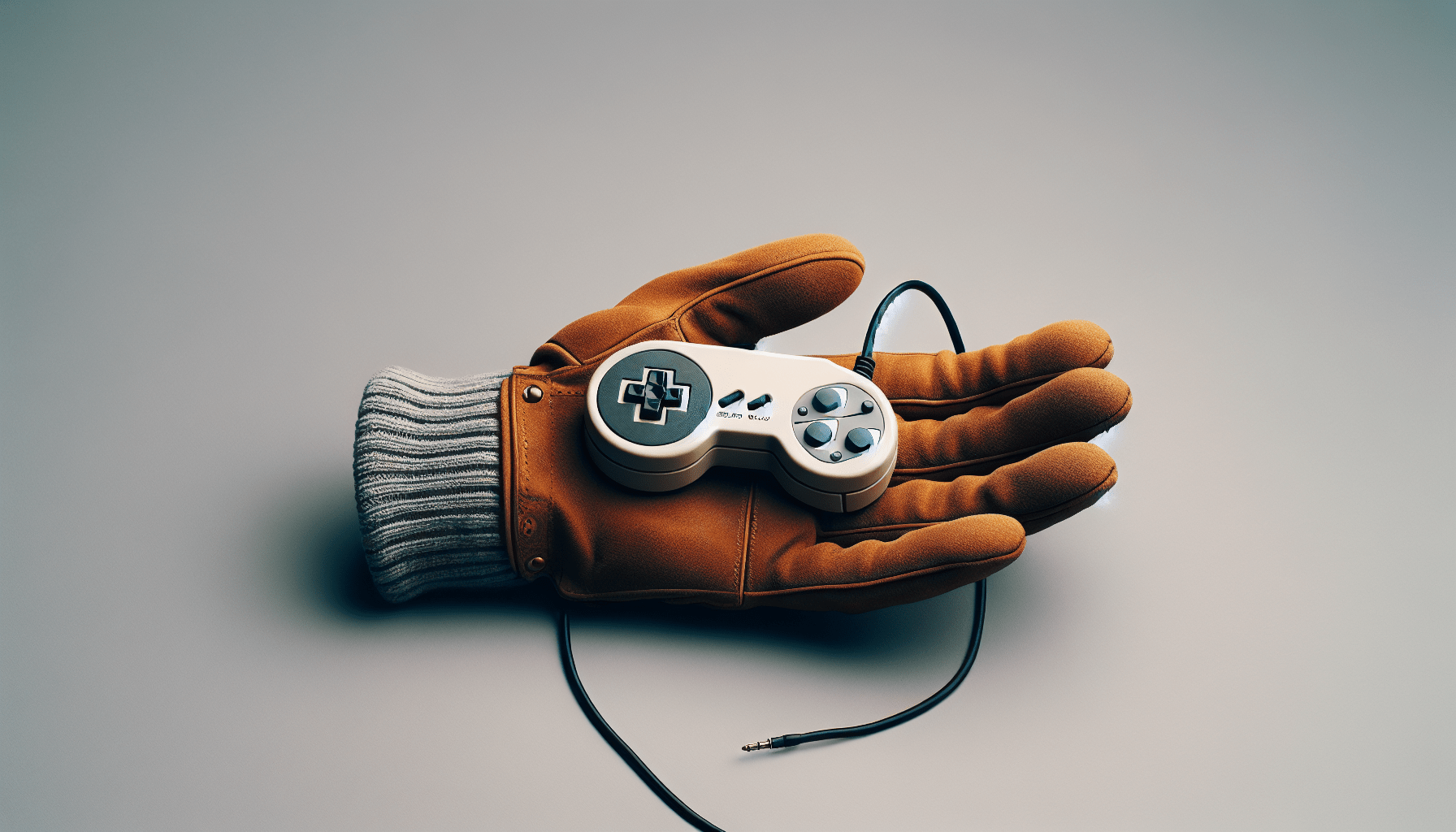Creality Ender 3 V3 SE 3D Printer, 250mm/s Faster FDM 3D Printers with CR Touch Auto Leveling, Sprite Direct Extruder Auto-Load Filament Dual Z-axis & Y-axis, Printing Size 8.66 * 8.66 * 9.84 inch
$229.00 (as of June 4, 2025 21:32 GMT +00:00 - More infoProduct prices and availability are accurate as of the date/time indicated and are subject to change. Any price and availability information displayed on [relevant Amazon Site(s), as applicable] at the time of purchase will apply to the purchase of this product.)Have you ever come across old Nintendo products that left you scratching your head, wondering what on earth they were thinking? The new Nintendo Museum in Kyoto is set to mark a grand showcase of Nintendo’s rich history. But let’s face it – not everything the company has churned out is set to grace the museum’s polished shelves. Some products, while fascinating in their own right, lie in the dusty corners of the company’s storied past. Here are 30 random Nintendo products that probably won’t make the museum cut, but they sure do make for an intriguing stroll down memory lane.

$30 off $400+ Anycubic Products with code AC30OFF
1. Project Atlantis
Imagine a world where the Game Boy Color had a direct vertical successor before the Game Boy Advance. That’s what Project Atlantis was supposed to be. Resembling the original Game Boy in its vertical design but boasting color graphics, it seems like a blast from a parallel past.
2. Wii U Gamepad Prototype
Remember when the Wii U gamepad looked like a Frankenstein’s monster with Wii Remotes stuck to each side? This prototype essentially foreshadowed the Nintendo Switch’s design years before its time.
3. Hello Kitty Game Boy Camera
Yes, you read that right. The Game Boy Camera, already a quirky addition to any Nintendo collection, was set to get a Hello Kitty makeover. This unreleased version never saw the light of day, leaving Hello Kitty fans (and Game Boy aficionados) scratching their heads.
4. GBA Game Eye
Before Nintendo DS brought the dual-screen experience, there was the Game Boy Advance Game Eye. This accessory, which never made it to store shelves, was intended to bring camera functionality to the GBA, making it a true predecessor to modern-day console cameras.
5. The Nintendo AVS
Long before the NES, Nintendo had the AVS (Advanced Video System) lined up, which would have modernized home gaming early on. Featuring a keyboard and wireless controllers, the AVS was a futuristic idea that just didn’t stick.
6. Wii Remote Prototypes
Nintendo had to go through several iterations before landing on the sleek yet simple Wii Remote design we got. Some of the early versions featured bizarre layouts and clunky shapes that seem downright comedic now.
7. Sega CD for Super Nintendo
In an unexpected twist of potential collaboration, there were talks of an add-on that would let the Super NES play Sega CD games. This ambitious and quite baffling idea never materialized but makes you ponder what could have been.
8. The Love Tester
Before Nintendo was the giant of gaming, they developed quirky gadgets like the Love Tester in the 1960s. This device “measured” the love compatibility between two individuals. Not the most romantic or scientific, but undoubtedly an amusing piece of history.
9. Radar Scope
This arcade game was one of Nintendo’s early attempts to break into the American market. It failed spectacularly until it was retooled into the iconic Donkey Kong. Original Radar Scope cabinets are rare and unlikely to make an appearance at the museum.
10. Nintendo Knitting Machine
Believe it or not, Nintendo once ventured into the world of textiles with their knitting machine. It was an attempt to pair computerized patterns with traditional knitting – far removed from Mario and Zelda, wouldn’t you agree?
11. The Virtual Boy
The product that’s almost universally regarded as Nintendo’s major flop – the Virtual Boy. Its lackluster graphics, odd design, and the fact it was a strain on players’ eyes contributed to its quick demise, making it a collector’s oddity.
12. The GameCube Microphone
Designed initially for use with games like “Mario Party 6,” this accessory didn’t see much widespread use. Its limited compatibility meant it quickly fell into obscurity.
13. The Power Glove
The Power Glove, as remembered from the 1989 film “The Wizard,” promised futuristic gameplay but delivered clunky controls and imprecise motions. It’s more likely to be found at a vintage tech show than in Nintendo’s pristine museum displays.

Buy Photon Mono M5 Get Free 1KG Resin
14. Nintendo Taxi Service
In the 1960s, Nintendo briefly dabbled in operating a taxi company. There aren’t many records of this venture, and it stands out as one of Nintendo’s many quirky business attempts before firmly rooting itself in gaming.
15. The Stunt Race FX
The Super FX chip allowed for rudimentary 3D graphics on the SNES. “Stunt Race FX” leveraged this technology but failed to become as iconic as “Star Fox.” Its clunky graphics have relegated it to the annals of gaming history.
16. Diskun Kun, the Famicom Disk System Mascot
Diskun Kun, the mascot for the Famicom Disk System, never caught on outside Japan. This quirky little character has become a collector’s favorite, but don’t hold your breath seeing it in the museum.
17. The e-Reader
Initially released for the Game Boy Advance, the e-Reader allowed players to scan cards to unlock content in games. While innovative, it was ultimately short-lived due to its cumbersome nature and lack of compelling content.
18. The N64DD
The Nintendo 64 Disk Drive, an add-on that promised expanded storage and new gameplay features, saw a failed launch in Japan and was never released elsewhere. Its commercial failure makes it an unusual collectible today.
19. The Pokémon Mini
This tiny handheld console was geared towards playing Pokémon-themed mini-games. Despite its unique charm, it never gained widespread popularity and is often overlooked in Nintendo’s handheld lineup.
20. The Game Boy Pocket Sonar
Designed by Bandai, this peripheral turned the Game Boy into a device for locating fish under water. It was a peculiar blend of gaming and practical application, but not widely adopted.
21. The Toshiba x Nintendo CEV
Toshiba and Nintendo collaborated on the CEV project in the mid-90s, a multimedia device intended to combine gaming, Internet browsing, and video playback. It never saw commercial release but is a fascinating “what if” in tech history.
22. The iQue Player
Released only in China, this device was an unusual cousin to the Nintendo 64. It delivered games through flash ROM cartridges and remains largely obscure to Western audiences.
23. The Super Scope
Following in the whimsical footsteps of the Zapper, the Super Scope was a light gun for the SNES shaped like a bazooka. While fun for a while, it quickly fell out of favor due to its impractical size.
24. The Nintendo DS Lite Browser
The DS Lite Browser, developed by Opera, attempted to bring web browsing to its dual-screen system. Limited by the hardware’s constraints, it never became a primary use of the console.
25. The Famicom 3D System
An early attempt at 3D gaming, the Famicom 3D System used shutter glasses to create a sense of depth. It never took off, likely due to the crude execution and the cumbersome nature of the technology.
26. The Satellaview
This attachment for the Super Famicom allowed for downloading exclusive games and content via satellite. It’s an interesting artifact of early online gaming, but not widely remembered outside Japan.
27. The Game Boy Printer
Paired with the Game Boy Camera, the Game Boy Printer allowed you to print tiny black and white images. It was more of a novelty item and didn’t see long-term popularity.
28. The Nintendo-Philips CD-i
An ill-fated attempt to break into the CD-ROM market, this collaboration produced some of the worst games in Nintendo’s history. Titles like “Link: The Faces of Evil” are notorious for their poor quality.
29. The Pokéwalker
This pedometer was included with some Pokémon games and allowed players to “walk” their Pokémon to gain experience. It was a cute idea but quickly became a gimmick.
30. The Nintendo Mini-Classics
Tiny handheld keychain games based on popular Nintendo franchises, these Mini-Classics were a far cry from the rich experiences of their full-fledged counterparts.
No, these products probably won’t be part of the Nintendo Museum exhibit, but look how they paint such an eclectic picture of the company’s daring spirit and innovative drive. Whether successful or not, each of these peculiar pieces contributes to the colorful mosaic that is Nintendo’s history. And isn’t that just fascinating in its own way?
$30 off $400+ Anycubic Products with code AC30OFF








